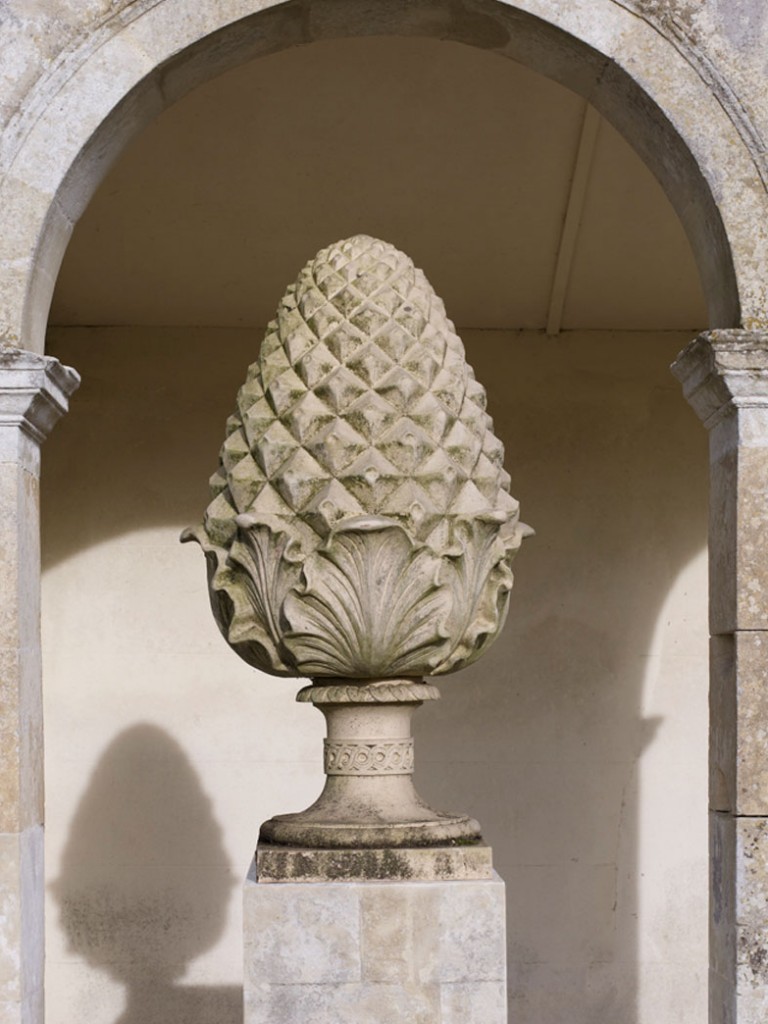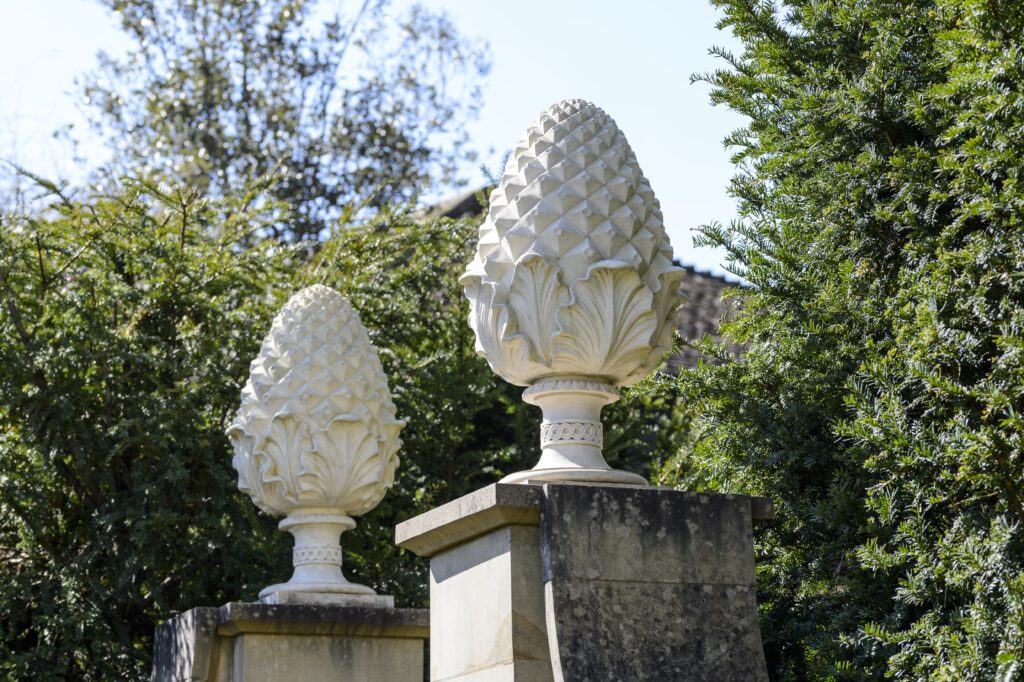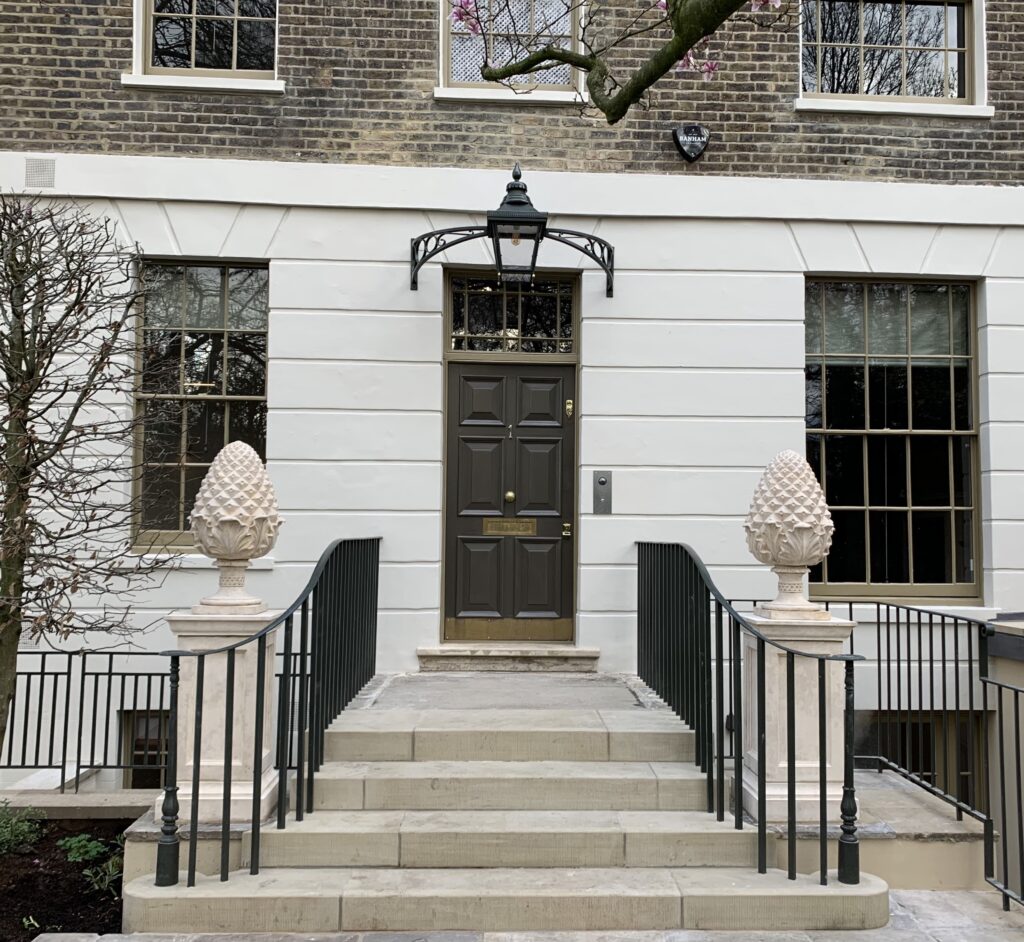History of the Pineapple
Discover the symbolic significance of pineapples and pine cones in neo-classical architecture

If you’ve ever seen a grand estate or a historic building with gateposts adorned with pineapples, you may have wondered what these fruits have to do with classical architecture. The truth is, pineapples have a long history as a decorative element in architecture, particularly during the Georgian and Victorian eras.
The pineapple’s symbolic significance in classical architecture is rooted in its association with hospitality and welcome. The fruit was considered a luxury item and was often served as a centrepiece at grand feasts and gatherings, making it a symbol of wealth and abundance. It was also a rare and exotic fruit in Europe and was associated with exploration and discovery.
The use of pineapple finials on gateposts was a way for homeowners to convey a sense of warmth and conviviality. The finials, which are often made of stone or metal, feature a stylised pineapple shape and are typically placed at the top of gateposts or pillars. They add a decorative element to the entrance of a property.
One example of the use of pineapple finials can be seen at the Dunmore Pineapple in Scotland. This unique structure was built in the 18th century and features a large stone pineapple as its finial. Another example can be found at the entrance to Chiswick House in London, where the gateposts are topped with pineapple finials added in the mid-18th century.


Today, the pineapple remains a popular symbol of hospitality and is often used in interior design, home decor. Antique pineapple urns, decorative objects shaped like pineapples, are also popular as collectors’ items.

To find out more about pineapples in architecture; click on the following links;

